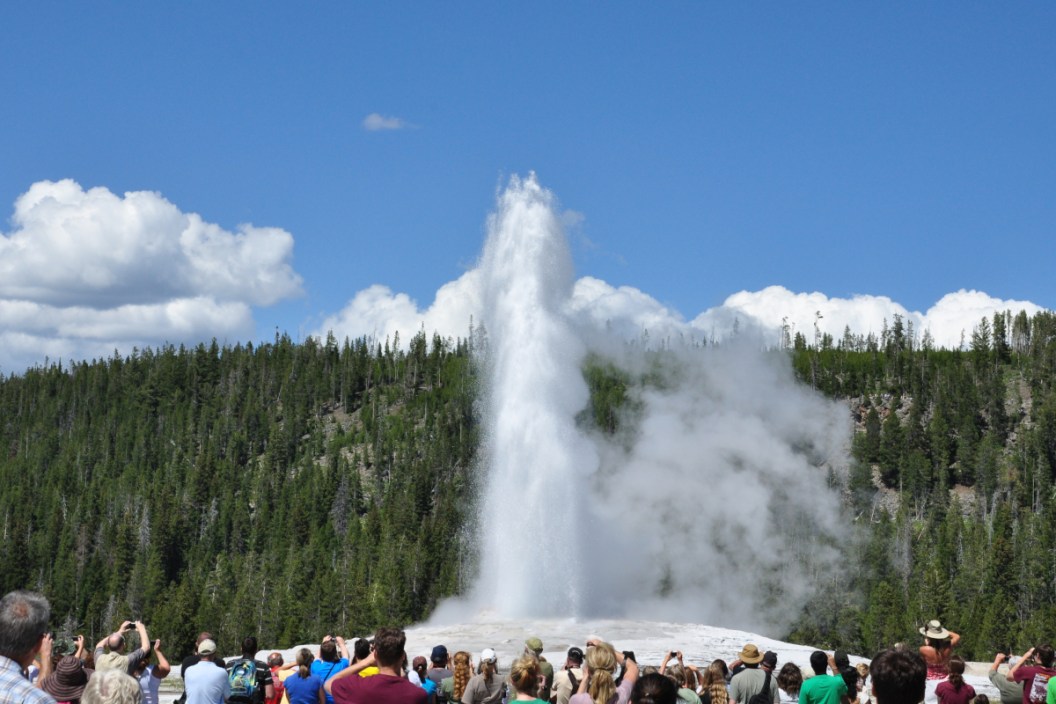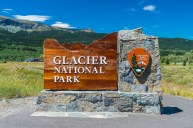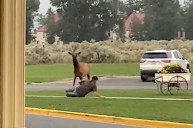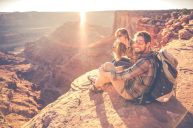Should you put that National Park trip on hold?
We think everyone will agree with us when we say that 2020 was probably the worst year ever. It started off normal enough, then coronavirus pandemic hit, and it seems like everyone just lost their minds. If you are like me, you probably had to put a lot of plans on hold. I originally was planning to take a trip to Washington, Oregon, and British Columbia late in the summer.
In my plans, I was considering visits to both Olympic National Park, and North Cascades National Park while I was in Washington. Plans that have now been pushed back to next summer at the earliest.
As things start to return to normal, people are anxious to get over that cabin fever from the last year and a half. As a result, our National Parks are seeing a huge surge in visitors. One that many parks and rangers are simply not prepared to deal with. It makes us wonder if we should put off our plans a little longer.
By the numbers.
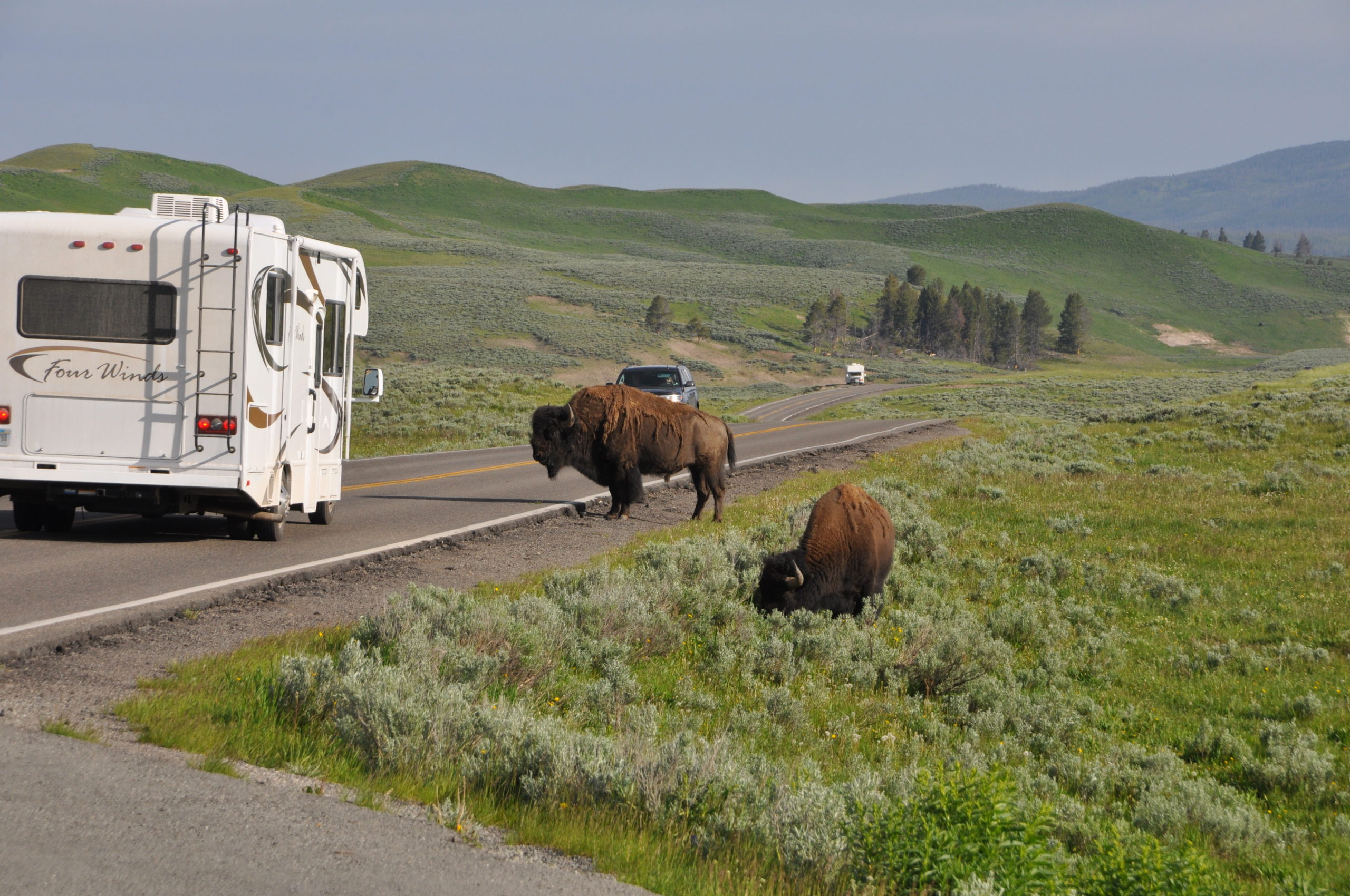
Travis Smola
Make no mistake, many National Parks are busy. Especially if you go to one of the household name ones like Yellowstone, Yosemite, Smokey Mountain, or Grand Canyon. However, the Covid-19 pandemic made people more eager to get out than usual. Especially since many of these places shut down for at least part of the year in 2020. Some of these parks are releasing the numbers. In a way, it is both exciting and disturbing. As happy as we are to see a renewed interest in our Nation's most precious natural treasures, we are concerned about these areas being able to handle the numbers.
Yellowstone is a prime example. It went through a partial shutdown and was limited to two entrances for part of the year resulting in only 145,849 visitors in May 2020. Compare that with nearly 600,000 the year before. Fast forward to this May and the park saw 658,513 visitors in May, a 14 percent increase over 2019. And that was before the schools closed for the year. Those parks are likely inundated with visitors now.
The story is the same for many other popular National Parks. The High Country News reports places like Joshua Tree and Zion National Parks saw over one million visitors in 2021 from the beginning of January until the end of April. Rocky Mountain saw over 600,000 in that same time frame while Grand Canyon, Canyonlands, and Arches National Parks all saw over 200,000 visitors.
We are sure the visitors are a welcome boost for communities that were damaged in the Covid-19 pandemic. The National Park Service released a report earlier this year that Grand Teton alone supported more than 8,200 jobs and contributed nearly $754 million to the local economy in 2020. It will be fascinating to see the reports at the end of 2021 when visitor numbers are surging.
Are too many people a bad thing?

Travis Smola
If you have ever visited Yellowstone in July, you already know how frustrating the crowds can be. Traffic jams for wildlife, packed boardwalks, full restaurants, and overbooked lodging are common there. Already this year though, we are hearing things are worse than normal. Mostly because much of the infrastructure for these parks was not built for the number of people coming to visit. In fact, so many people are coming into the parks that the NPS is now having to cap visitor numbers in some instances.
Take Rocky Mountain National Park for instance. It is the fourth-most visited park in the country. It was so overwhelmed with visitors last year that they are implementing a timed entry permit system to keep from overcrowding and overwhelming the number of parking spaces available. That has continued into 2021. Try to get in after a certain time and you may get turned away at the gate. This caused more than a few people to be angry, especially the ones who waited in line for a long time only to get turned away.
However, in a recent article in the Coloradoan, the need for permits becomes more obvious. It puts a strain not just on park infrastructure, but the employees themselves.
"In 2015 we saw a 20% increase in visitation and you could feel a lot of the infrastructure implode," park spokesperson Kyle Patterson told the news site. "We started seeing verbal arguments in parking lots, visitors screaming at our volunteers, our vault toilets were in rough condition, and we saw a significant turnover of staff that were with us for a long time. That collapse seemed to be the turning point."
After hearing that, we cannot blame the NPS for that. We did not even talk about the strain caused by excess visitors on the hiking trails, or the additional stress to wildlife from excessive amounts of visitors. Sometimes too many visitors can be a bad thing.
Should you put off your National Park trip?
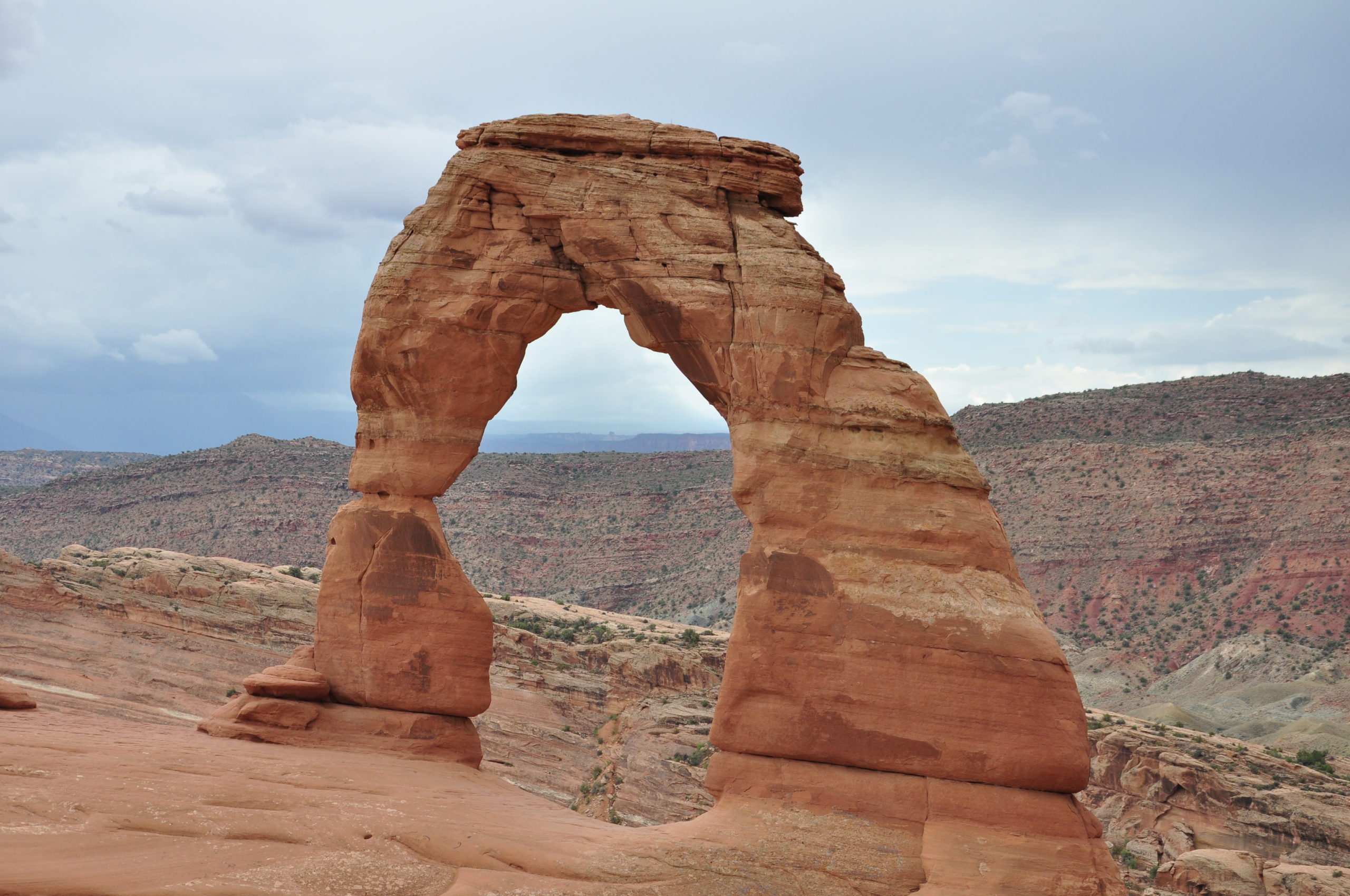
Travis Smola
The rules of supply and demand are going to make getting into National Parks this summer more difficult. It is also going to make your trip more expensive. If you are planning to fly to a destination and rent a car, you may be out of luck. There is a rental car shortage hitting much of the nation. Especially tourist hotspots. This has driven prices up to over $100 a day to rent a car in some places. That is if you can even get one.
The National Park Service is offering shuttle services to the park in some locations. However, they are not available everywhere. Some of the more remote and obscure parks are not likely to have them.
Then there is the lodging. We did some quick looking at places like Yellowstone where most hotel rooms were pushing $200 to $300 a night. Camping is more affordable, but many of those sites have since been booked up. Vehicle rentals and lodging may be the two most frustrating parts of trying to schedule a major National Park visit right now.
Here at Wide Open Spaces, we do not want to discourage anyone from visiting a National Park. In fact, we would recommend it over something like a theme park any day of the week. Although you do need to be prepared to deal with crowds if you are planning a trip in 2021. We recommend doing your research and weighing your options before you commit to a trip this year. Or at least consider one of the more remote and overlooked parks over the big names, which are sure to be overwhelmed.
In some instances, all the people cramming into the park ruins what we love about these wild places in the first place. Be prepared to hike far away into the wilderness if you want that peace and serenity. Or to wait until the fall when things start to quiet down. If you can get away this year and can find a quiet place in the park, go for it. Personally, I will be waiting for things to calm down a bit in 2022.
Products featured on Wide Open Spaces are independently selected by our editors. However, when you buy something through our links, we may earn a commission.
For more outdoor content from Travis Smola, be sure to follow him on Twitter and check out his Geocaching and Outdoors with Travis YouTube channels.
NEXT: THE AXIS DEER AND HOW THEY'RE IMPACTING PARTS OF THE UNITED STATES
WATCH
